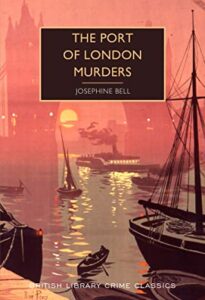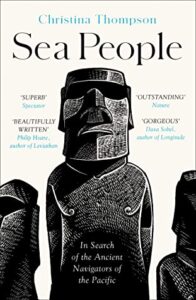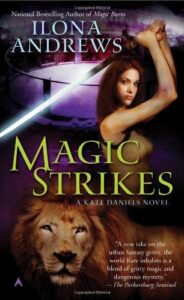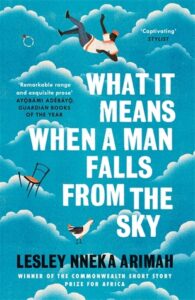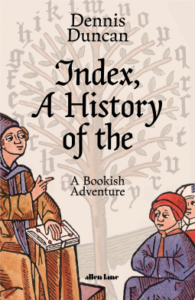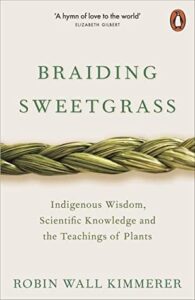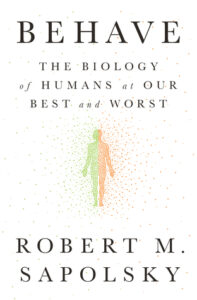 Behave: The Biology of Humans at Our Best and Worst, Robert Sapolsky
Behave: The Biology of Humans at Our Best and Worst, Robert Sapolsky
There isn’t much new in Behave if you’ve read a few different books about human behaviour, though he does have a very clear way of explaining some basic biological concepts that I initially found really engaging (despite my own familiarity with them). In general, he uses and discusses the same studies and anecdata that everyone uses to explain various aspects of human behaviour, and mostly this book pulls it all together to make some general statements about human behaviour and what causes it. The main takeaway, of course, is “it’s complicated” — but he does a good job of picking things apart, relating them to each other, and putting forward his views.
Personally, I find this kind of book (and this book specifically) challenging because I would love to believe I have free will, and not just in choosing what colour my socks are. Sometimes I get a really good example of how I don’t (PTSD and other anxiety disorders can really demonstrate that), and I don’t like it… and this book is just such an experience. As a scientist, there’s just no room left for what Sapolsky calls the ‘homunculus’ that can pilot you, unaffected by hormones and past experiences and the size of your hippocampus.
And… in the end, for me, it felt like Sapolsky was reiterating a lot of stuff I already knew, at very great length. So if it’s something you haven’t read about or looked into before, I think it’d be a good place to start. The basics are really well laid out! But if you’ve been there and read that, then maybe give it a miss.

